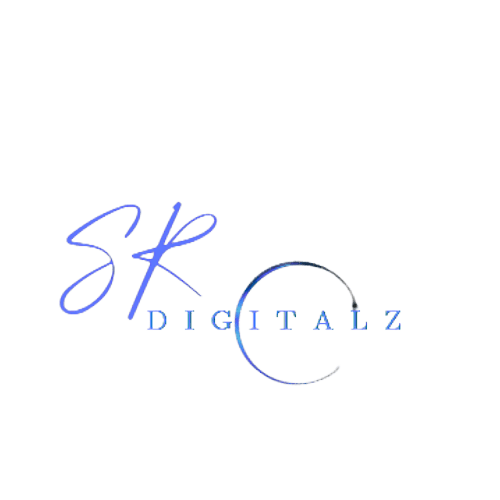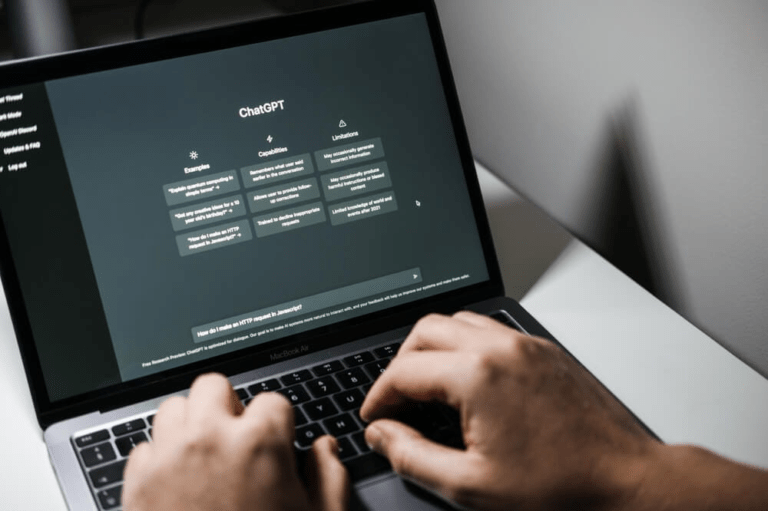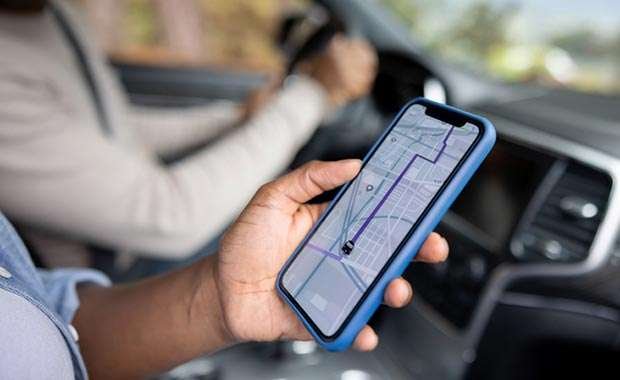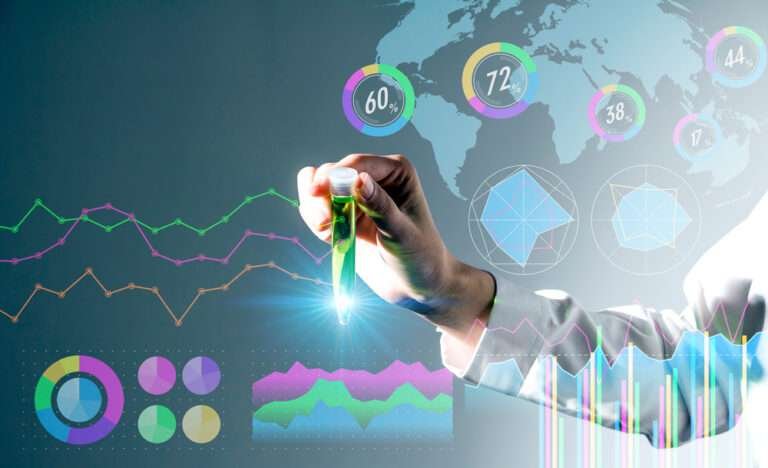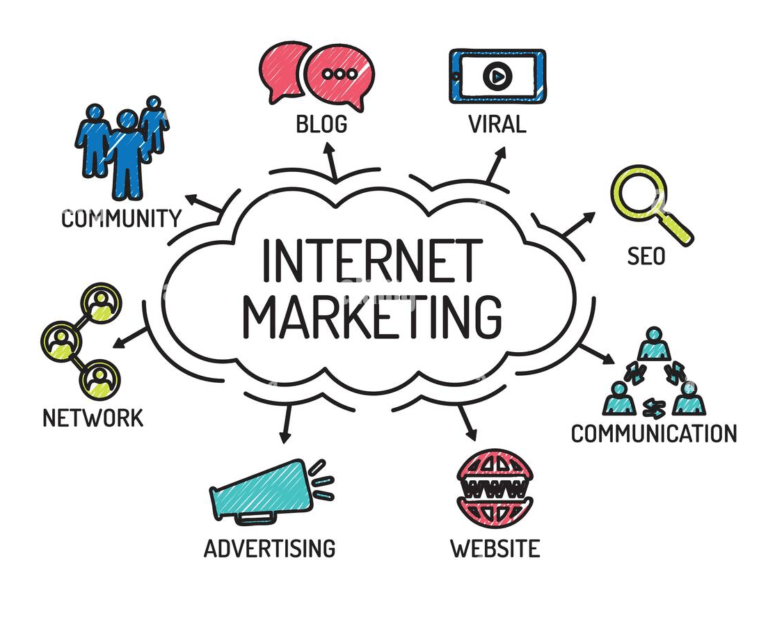Future of Web Design: Top UI/UX Trends to Watch in 2025
Technology breakthroughs, shifting user habits, and growing expectations for more individualized and immersive digital experiences are all contributing to the remarkable rate at which web design is developing. Businesses and designers need to keep ahead of the curve as 2025 approaches by adopting new UI/UX trends that boost user engagement and boost website performance in general.

1. AI-Driven Personalization
The way people engage with digital interfaces is constantly changing due to artificial intelligence (AI). By 2025, AI-powered customization will dominate UI/UX design, providing users with personalized experiences and dynamic content according to their location, preferences, and actions.
How It Works:
- Chatbots with AI for immediate support.
- Recommendations for tailored content based on user history.
- User interface that adapts to user activity.
2. Voice-Activated Interfaces
Voice-controlled web navigation is expected to become a big trend as smart assistants like Alexa, Google Assistant, and Siri grow more popular. Voice search and voice-activated commands will be integrated into websites to provide a hands-free browsing experience.
Benefits:
- Improved usability for people with impairments.
- Quicker and more practical search features.
- Interactive voice answers that increase user engagement.
3. Neumorphism and Soft UI
Because of its simple yet highly interactive appeal, neumorphism—a combination of skeuomorphism and flat design—is becoming more and more popular. In order to produce a realistic yet contemporary user interface, this trend emphasizes soft shadows, delicate gradients, and seamless transitions.

Why It Matters:
- Increases user engagement by using interfaces that are aesthetically pleasing.
- Makes the experience more intuitive and engaging.
- Works well in both light and dark modes.
4. Augmented Reality (AR) and Virtual Reality (VR) Experiences
Web designers will use AR and VR technology to create immersive experiences as they become more widely available. The industries that stand to gain the most from AR/VR integrations are anticipated to be e-commerce, real estate, and education.
Use Cases:
- Virtual try-ons for online retailers.
- 3D product representation for internet buying.
- Interactive learning opportunities.
5. Advanced Microinteractions and Animations
Subtle user interface animations known as microinteractions improve user interactions and offer feedback. By 2025, highly advanced microinteractions will provide real-time feedback and seamless transitions.
Examples:
- Hover effects on buttons.
- Animations are loading.
- Effects of dynamic scrolling
6. Dark Mode 2.0
Although dark mode has been popular for a while, it will become a more sophisticated version in 2025 with user-customizable color palettes and adjustable brightness.
Advantages:
- Makes extended screen time less taxing on the eyes.
- Prolongs the life of OLED panels’ batteries.
- Gives off a sleek, contemporary look.
7. Sustainable and Minimalist Design
In an effort to lessen their carbon footprint, brands are prioritizing sustainability in web design, and websites will embrace minimalist designs that use less energy and load more quickly.
Key Features:
- Frameworks that are lightweight to speed up pages.
- Simple user interface with only the most important components.
- Decreased usage of animations that use a lot of energy.
8. Inclusive and Accessible Design
In 2025, web accessibility will become a top priority as companies work to ensure that all users, including those with disabilities, can access their digital platforms.
Accessibility Enhancements:
- Enhanced navigation on the keyboard.
- Alt-text generation driven by AI.
- Modes with high contrast for people with visual impairments.
9. Passwordless Authentication
Passwordless authentication techniques like biometric logins and one-time passcodes will increase security and accessibility.

Why It’s the Future:
- Improves security by getting rid of breaches caused by passwords.
- Facilitates a smooth and easy login process.
- Reduces user frustration with forgotten passwords.
10. Hyper-Personalized and Data-Driven Design
User data analytics will play a more prominent part in defining UI/UX design, allowing websites to adapt dynamically to specific users.
Trends to Expect:
- UI changes in real time according on user activity.
- Customized dashboards and suggestions.
- AI-powered A/B testing for ongoing user interface improvement.
Conclusion
Web design will continue to be influenced by innovation and user-centric strategies as 2025 approaches. The emphasis will be on developing smooth, user-friendly, and captivating digital experiences, ranging from AI-powered personalization to AR/VR integration and sustainable design.
By embracing these trends, organizations and designers can remain ahead of the competition and provide web experiences that appeal with modern people.
FAQs
1. What is the most significant UI/UX trend for 2025?
The most significant trend is anticipated to be AI-driven personalization, which improves user experience by using dynamic content and customized interactions..
2. How will voice-activated interfaces change web design?
Voice-activated interfaces will facilitate hands-free navigation, increase accessibility, and speed up search.
3. Is dark mode still relevant in 2025?
Indeed, dark mode will develop into an adaptive feature that allows users to customize color schemes and brightness levels according to their preferences.
4. How can businesses prepare for these UI/UX trends?
To improve user experience and engagement, businesses should prioritize accessibility, invest in AI-powered solutions, and embrace a minimalist design style.
5. Will augmented reality become mainstream in web design?
AR is predicted to become more widespread in sectors including e-commerce, real estate, and education, delivering dynamic and immersive user experiences.
